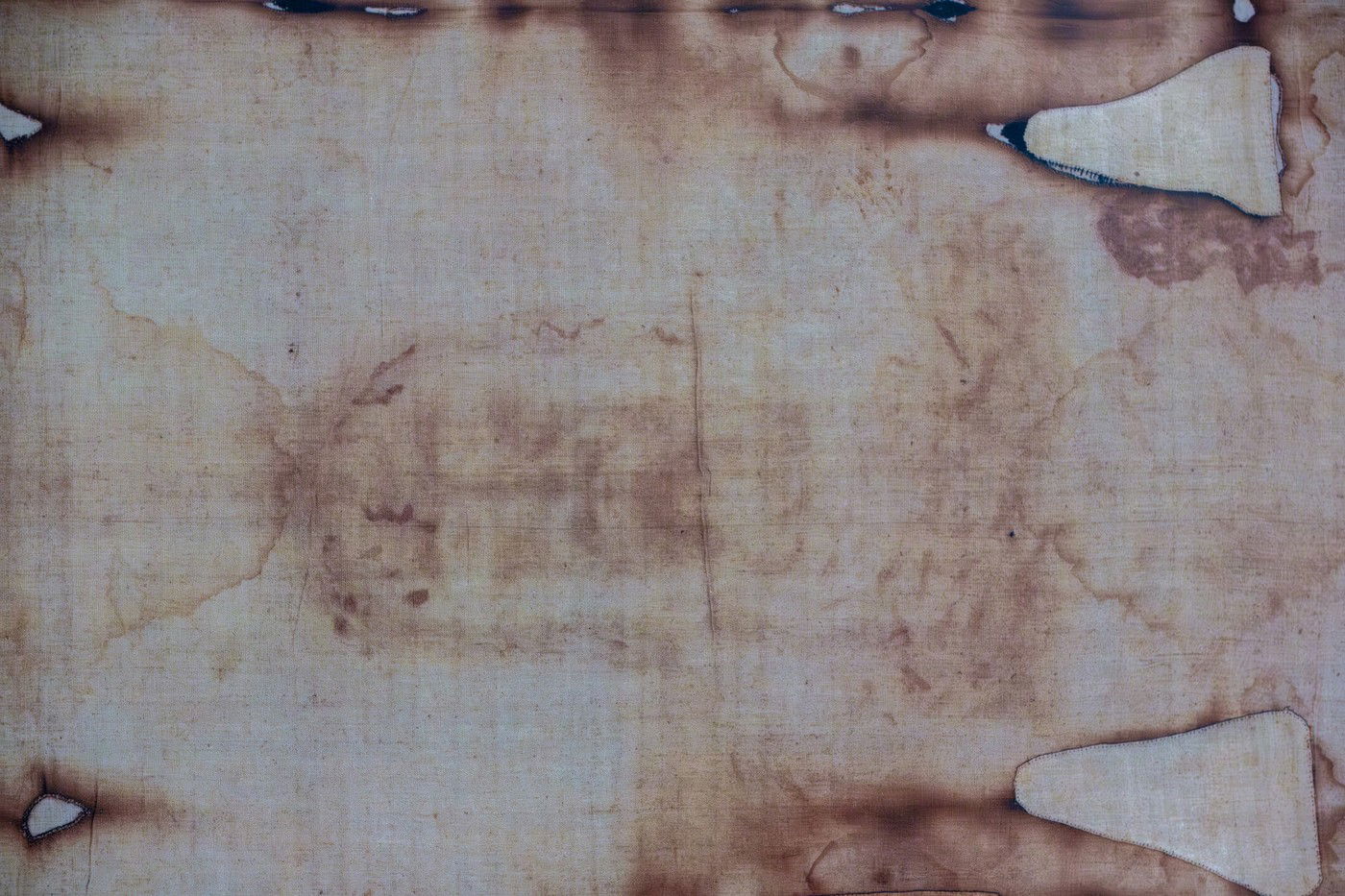The so-called Shroud of Turin, considered by many to be the burial shroud of Jesus, is once again It has become the focus of scientific discussions. Because of the results of a recent Italian study. Scientists from the Institute of Crystallography of the Italian National Research Council used a new technique, wide-angle X-ray scattering (WAXS), to examine the fabric of the Shroud and concluded that the Shroud could be about 2,000 years old, that is, close to the time of Jesus Christ’s life.
Was it hidden from the Hungarians? At school, you could never hear about the brutal events of our history, the witch trials.
Read more…
Researchers examined small pieces of cloth from the shroud and found that the cellulose degradation pattern in the cloth was similar to other first-century linens discovered in Israel. The discovery greatly increases the likelihood that the shroud is the burial shroud of Jesus Christ. Although a previous radiocarbon study in 1988 suggested that the shroud was medieval, the current research questions its reliability, saying that contamination of the samples may have distorted the results at that time.

The nun was going to save Hungary with visions, the Virgin Mary told her what to do, but they didn't listen to her and destruction came.
Read more…
The new research may provide further evidence of the authenticity of the Shroud of Turin, which has been the subject of debate for centuries. Although the scientific community still divided Regarding the origin of the Shroud, the use of wide-angle X-ray scattering (WAXS) provides a unique opportunity to determine the exact age of the fabric. Using this method, scientists can observe fine details that were previously undetectable, and this data supports claims of the Shroud’s early origins. However, further investigation is necessary to make a definitive decision on the Shroud’s authenticity.












































